Finnish design is worldwide recognised for its concepts of clear and efficient style that fulfil the needs of people across time. Designed by PES-Architects, the Wuxi Grand Theatre is the first significant example of Finnish architecture in China.
The PES-Architects team did an excellent job with not just the architecture of the building, but also with the interior design, exterior landscaping, theatre technology, lighting, and acoustic design. By emphasizing the use of both architecture and design, the Finnish style of design was exemplified in the Wuxi Grand Theatre, creating a stunning example for the world to admire.
In 2008, PES-Architects took home the top honour in the Wuxi Grand Theatre international architectural competition. The other contestants were well-established firms from France, Germany, Japan, and Denmark. The site of the Wuxi Grand Theatre serves as the foundation for its basic concept. Wuxi Grand Theatre’s unique location offers a stunning backdrop to the competition, and its man-made peninsula and bridge create a visually impressive atmosphere that rivals that of the world-famous Sydney Opera House.
Because of its location, the structure is a noteworthy landmark, rising to a total height of 50 metres from the terraced base like a large sculpture. Its eight massive roof wings extend far above the facades, giving the structure the appearance of a butterfly.
Additionally, the wings play an extremely important role in the ecological concept by serving as a shield to keep the building mass from being directly exposed to the heat of the sun.
Thousands of LED lights are embedded inside the steel wings, allowing the colour of the wings to be adjusted to the character of performances displaying the unique architectural concept. This is possible because the underside of the wings is covered by perforated aluminium panels. An additional unique feature is the “forest” of 50 light columns that begin within the main entry square, support the central lobby ceiling, and continue outside the lakefront entrance.
A significant Chinese characteristic that pervades the entire structure is the extensive use of bamboo, which is both a traditional and modern Chinese material. These bamboo elements further emphasize the connection between the building and its Chinese heritage, welcoming visitors to a Chinese aesthetic.
More than 15,000 solid bamboo blocks, each individually moulded to meet acoustic requirements and architectural images, were used for covering the Main Theatre Auditorium thanks to new techniques for producing and using bamboo. There are 1680 seats total in the main auditorium, divided between two balconies and the main stalls. The horseshoe-shaped space and small volume, along with the changing acoustics, provide for a versatile location that can hold conferences as well as traditional Western and Chinese operas, theatre productions, and classical concerts.
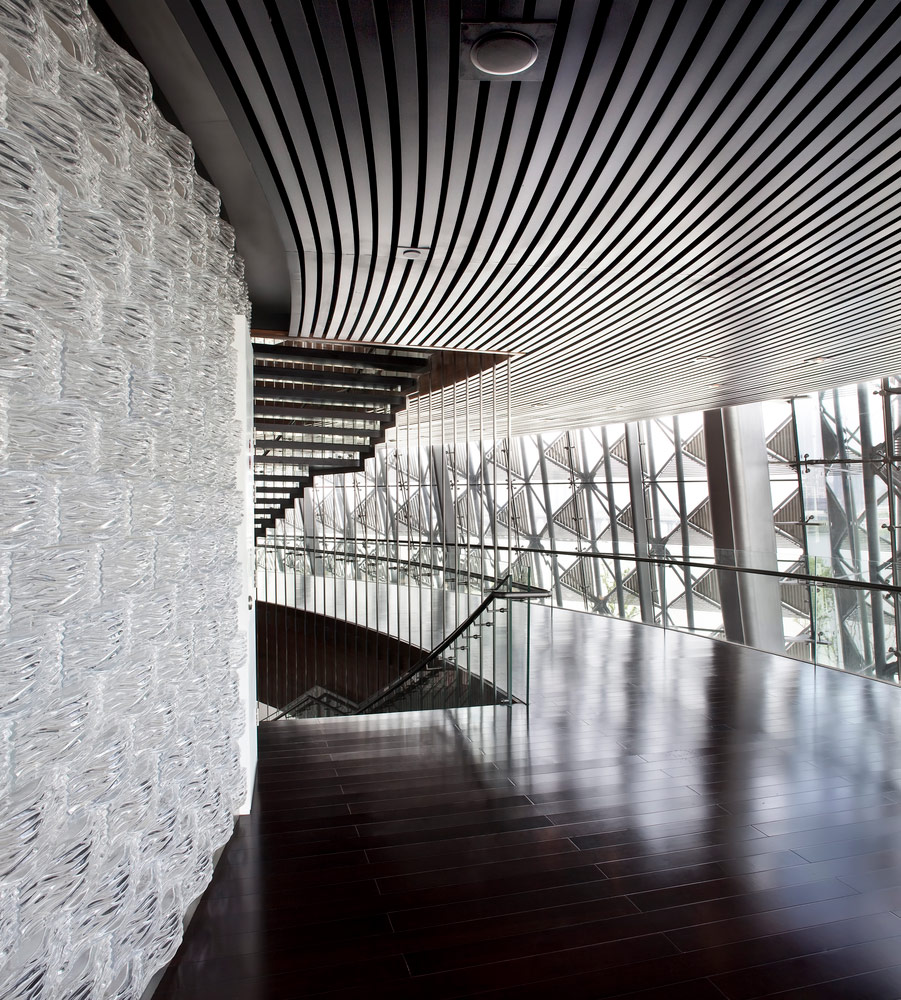
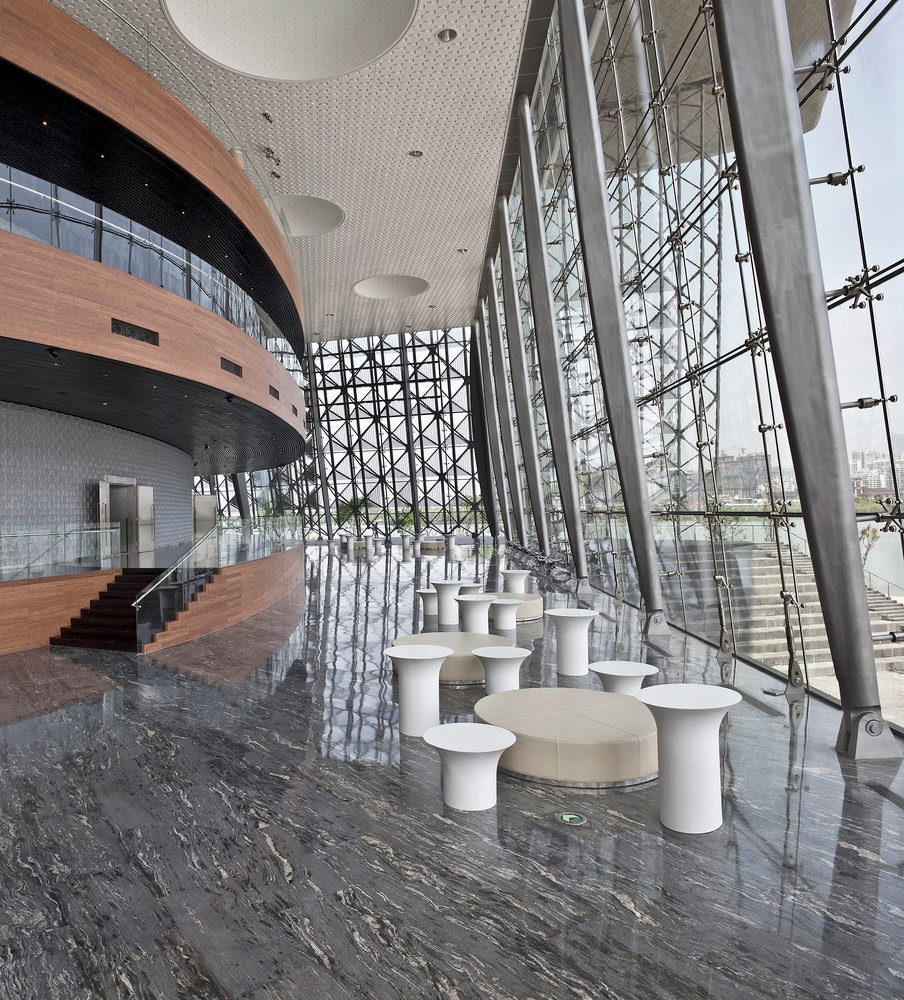
The main auditorium is coupled with a smaller 700-seat auditorium intended as a versatile black box theatre with foldable seats and different seating pattern choices. This smaller auditorium’s side lobby is raised and provides views of Lake Wuli. The space is accessible through two floors linked by a spiral staircase hanging from the ceiling, the steps of which are composed of solid bamboo pieces. The ladder’s whole structure is suspended from the ceiling by stainless steel rods.
There’s also a Finnish touch: around 20,000 specially made glass bricks decorate the curved wall of the opera auditorium’s lakefront lobby. The design was inspired by the Finnish landscape, including lakes and ice. This modern masterpiece is an embodiment of Finland’s design principles and a testament to the influence of its aesthetic on the global stage.
By taking inspiration from traditional Finnish landscape elements, such as lakes and ice, with contemporary Chinese architectural principles, the building stands out as an iconic reminder of the cultural fusion between the two countries.
Project Details
Architecture and interior design: PES-Architects
Area: 78000 m²
Photographs: Pan Weijun, Jussi Tiainen, Kari Palsila, Martin Lukasczyk
Manufacturers: RHEINZINK
Landscape Architect: Feiscape, Shanghai
Structural Engineer: Shanghai Institute for Architectural Design and Research SIADR
Client: Office for the Important Urban Projects in Wuxi /Fan Chun Yu, Zhou Jian
User: Wuxi Culture and Art Administration Center
Floor area: 78,000 m2
Year of completion: 2012
Start of design: 2008
Competition: June 2008




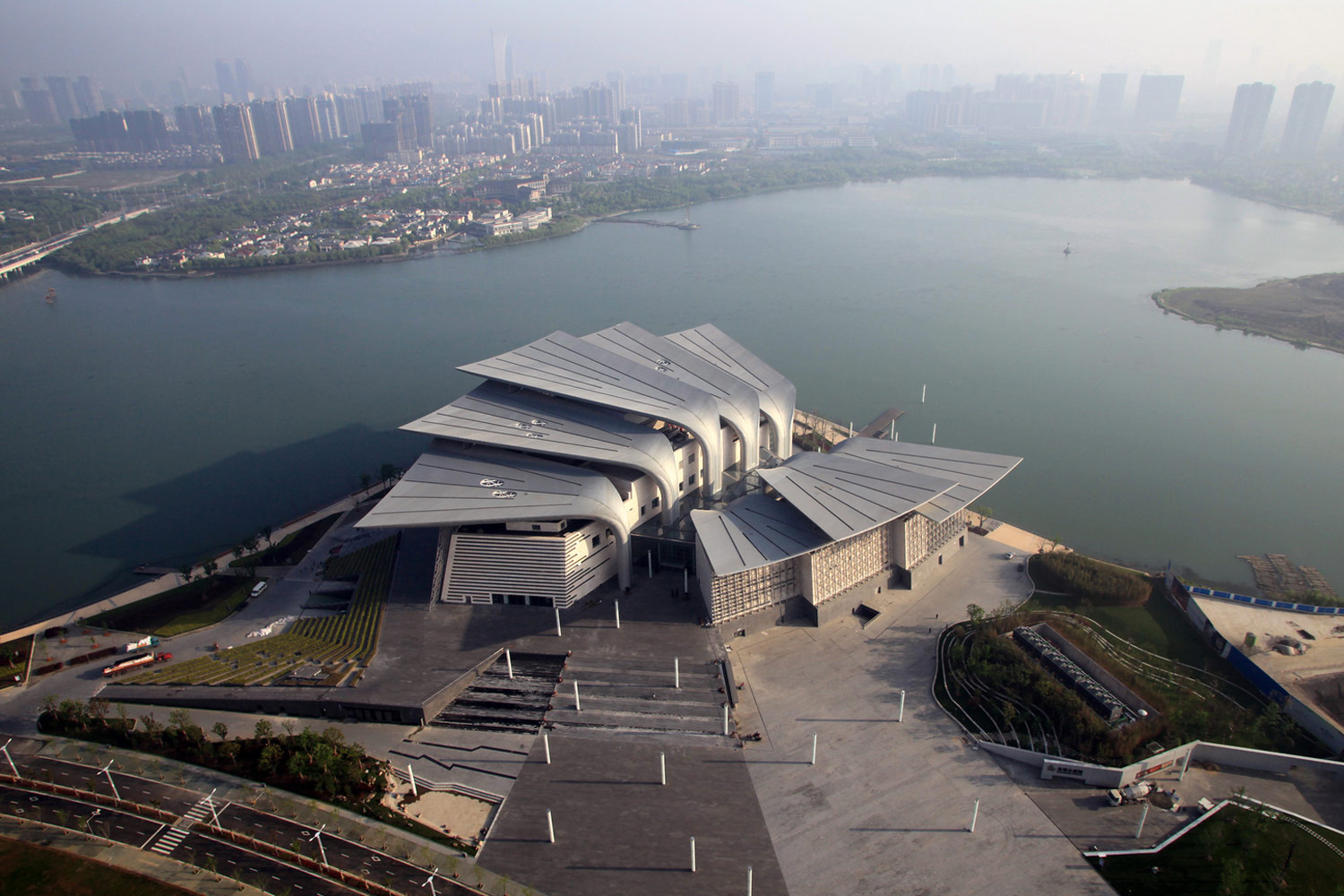
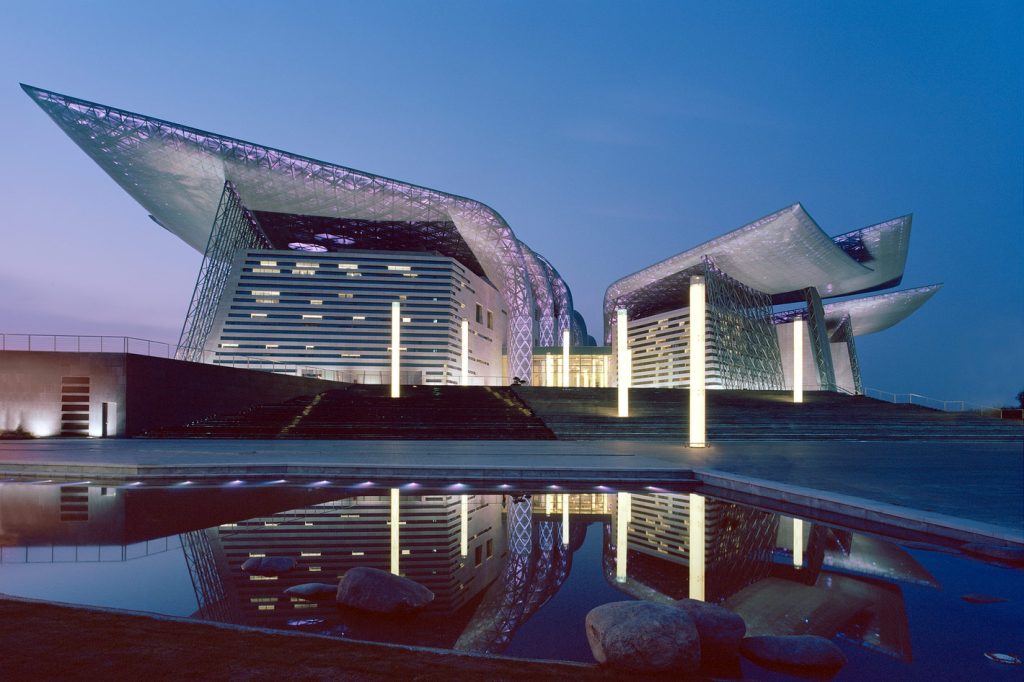
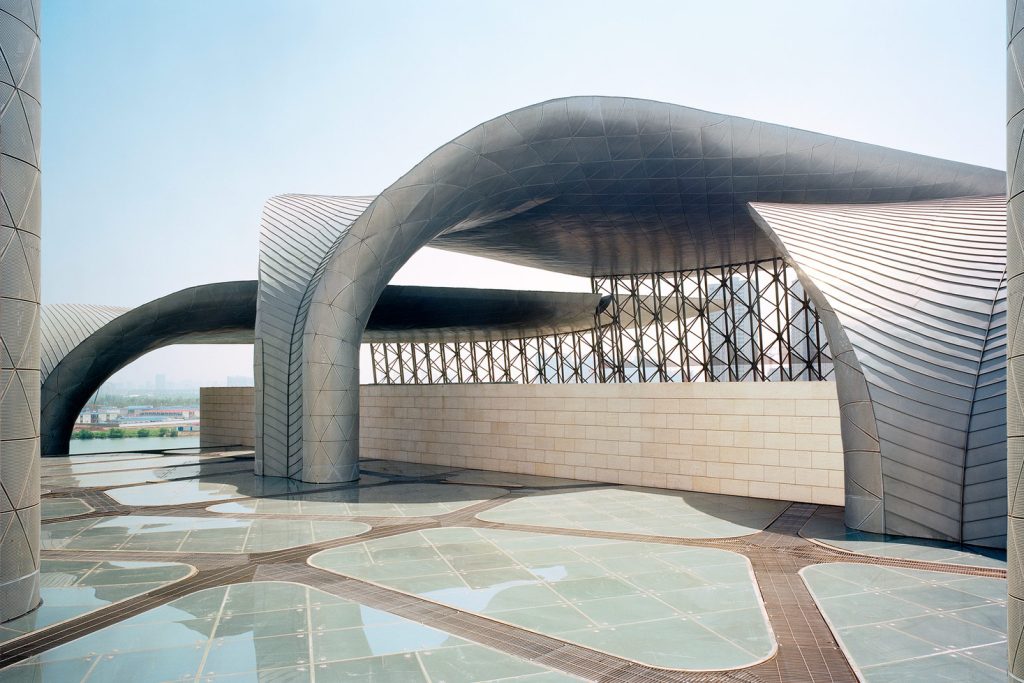
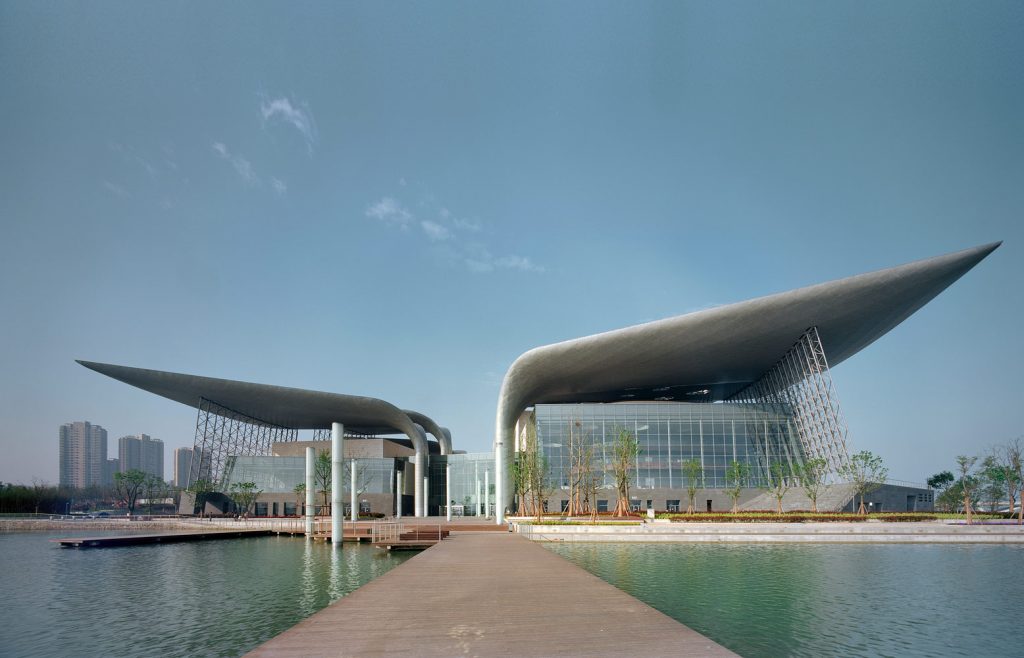
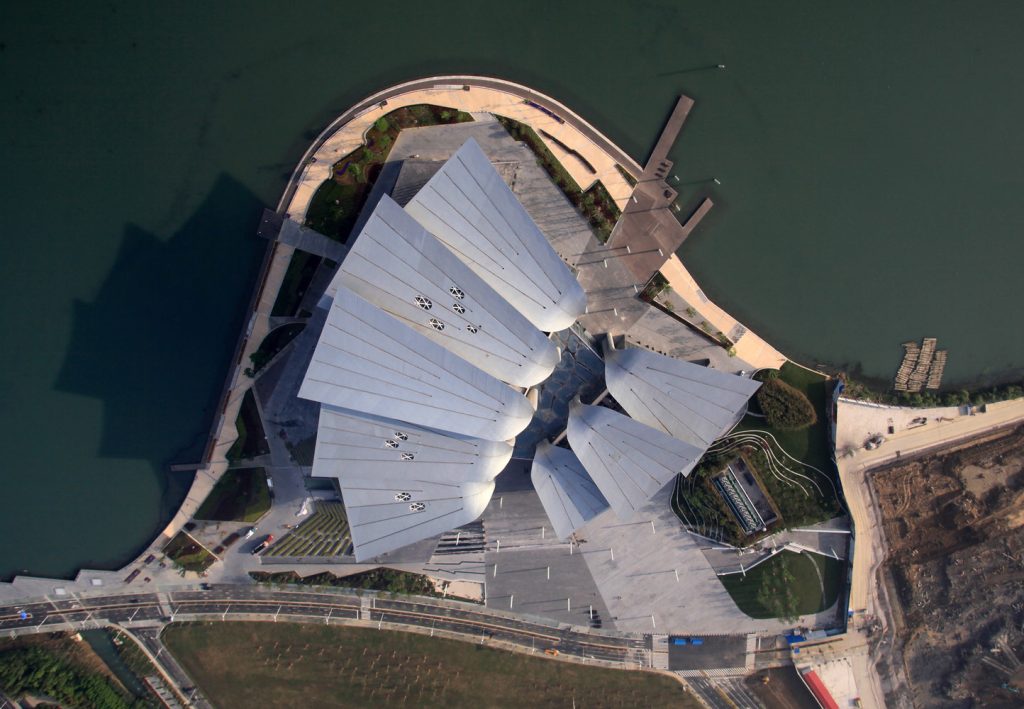
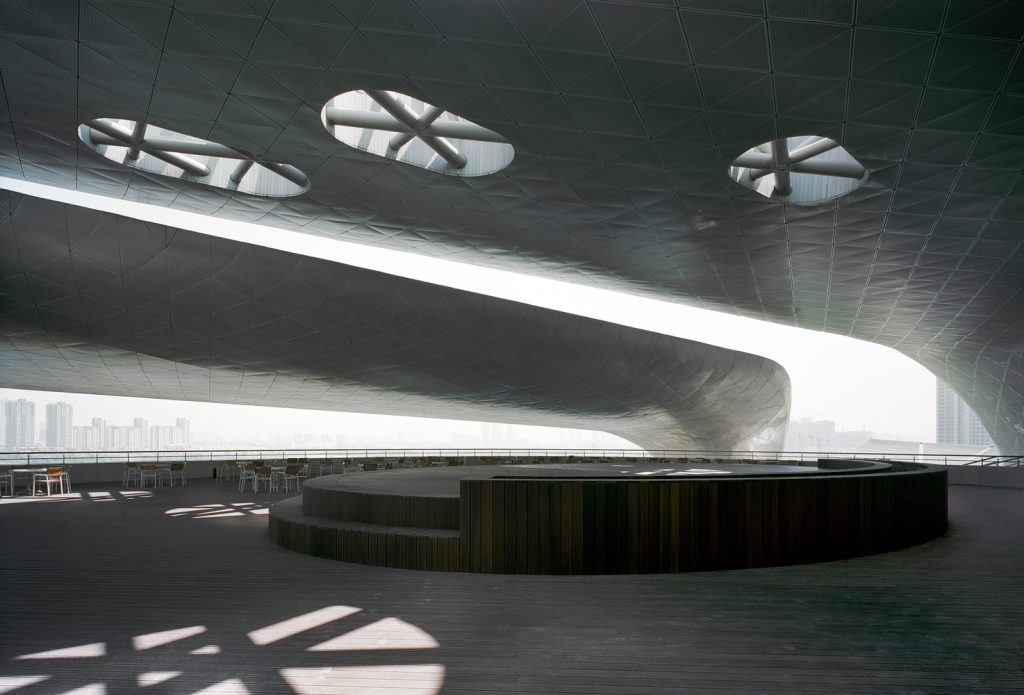
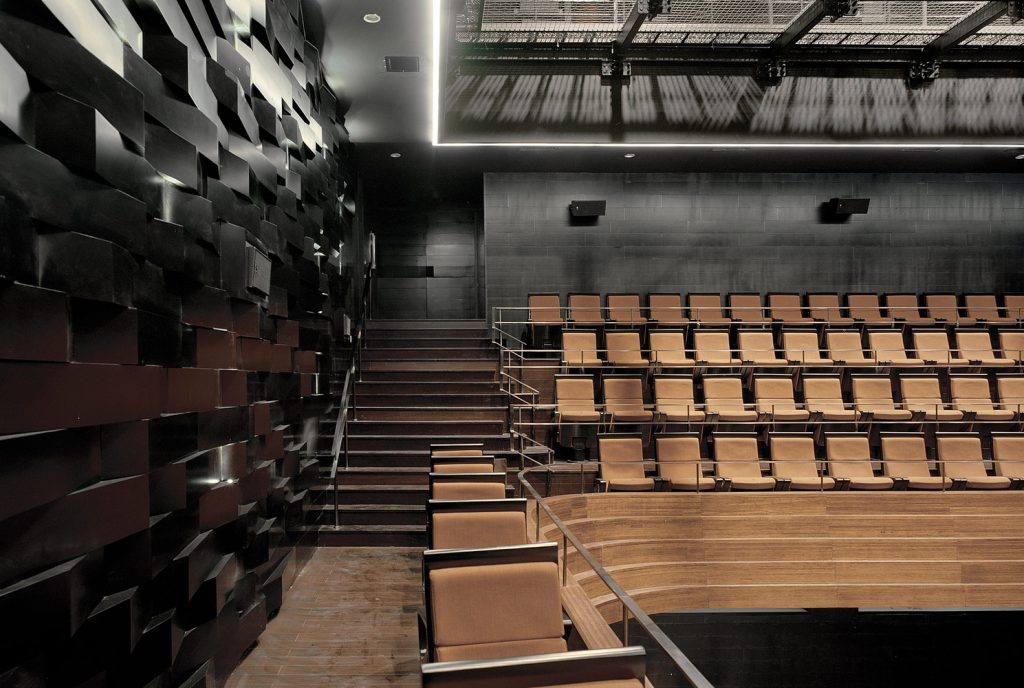














Leave a comment